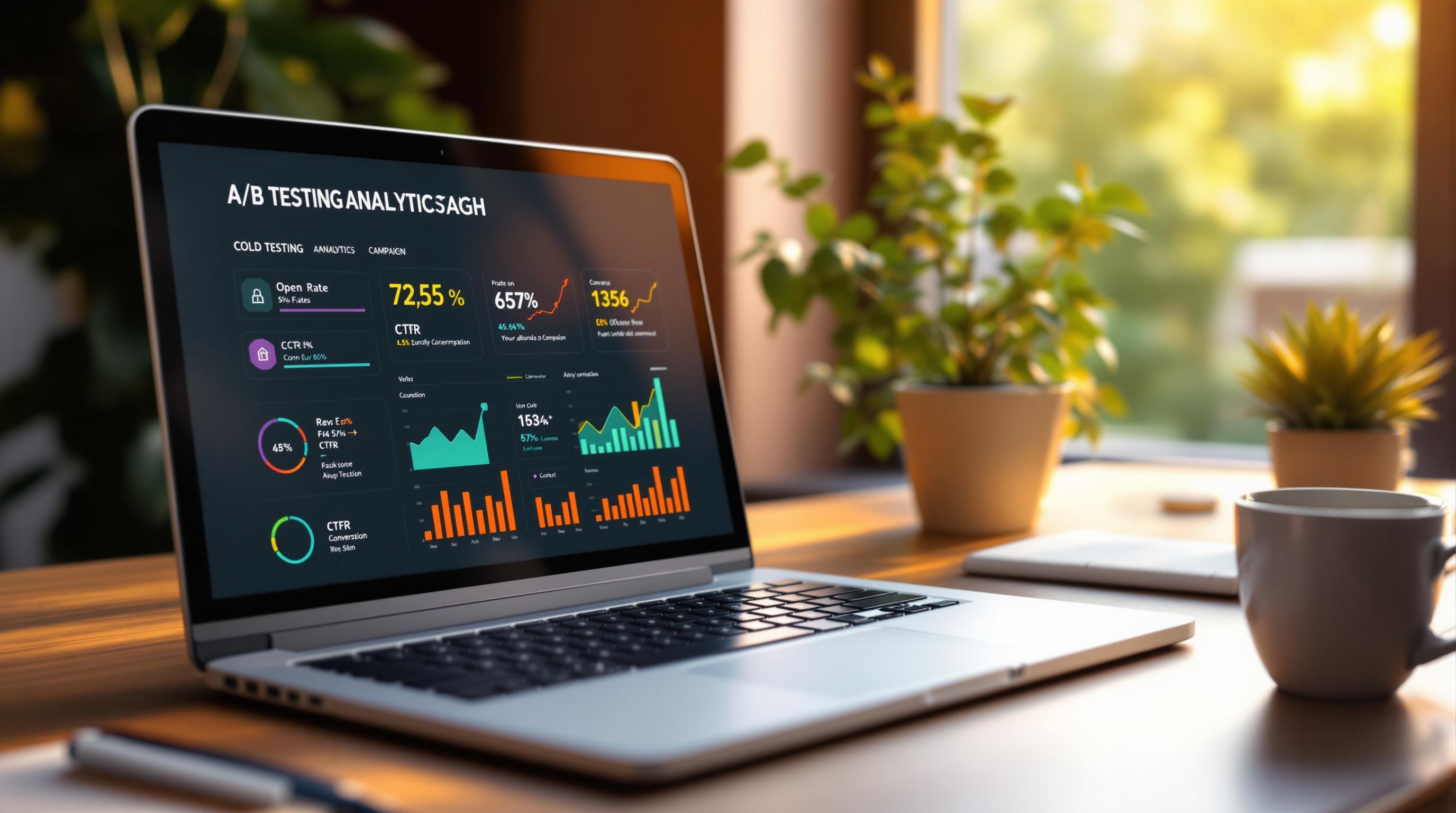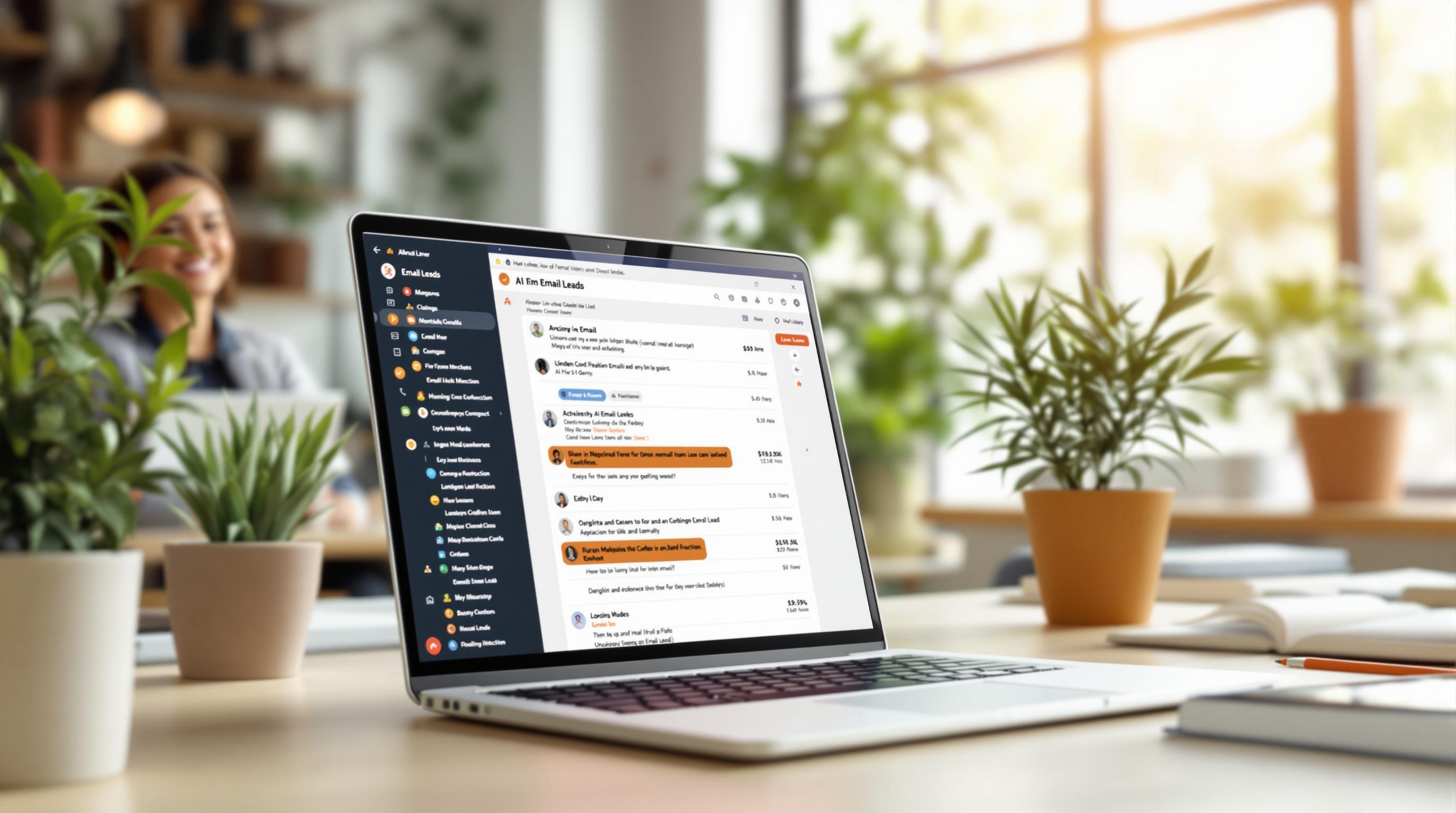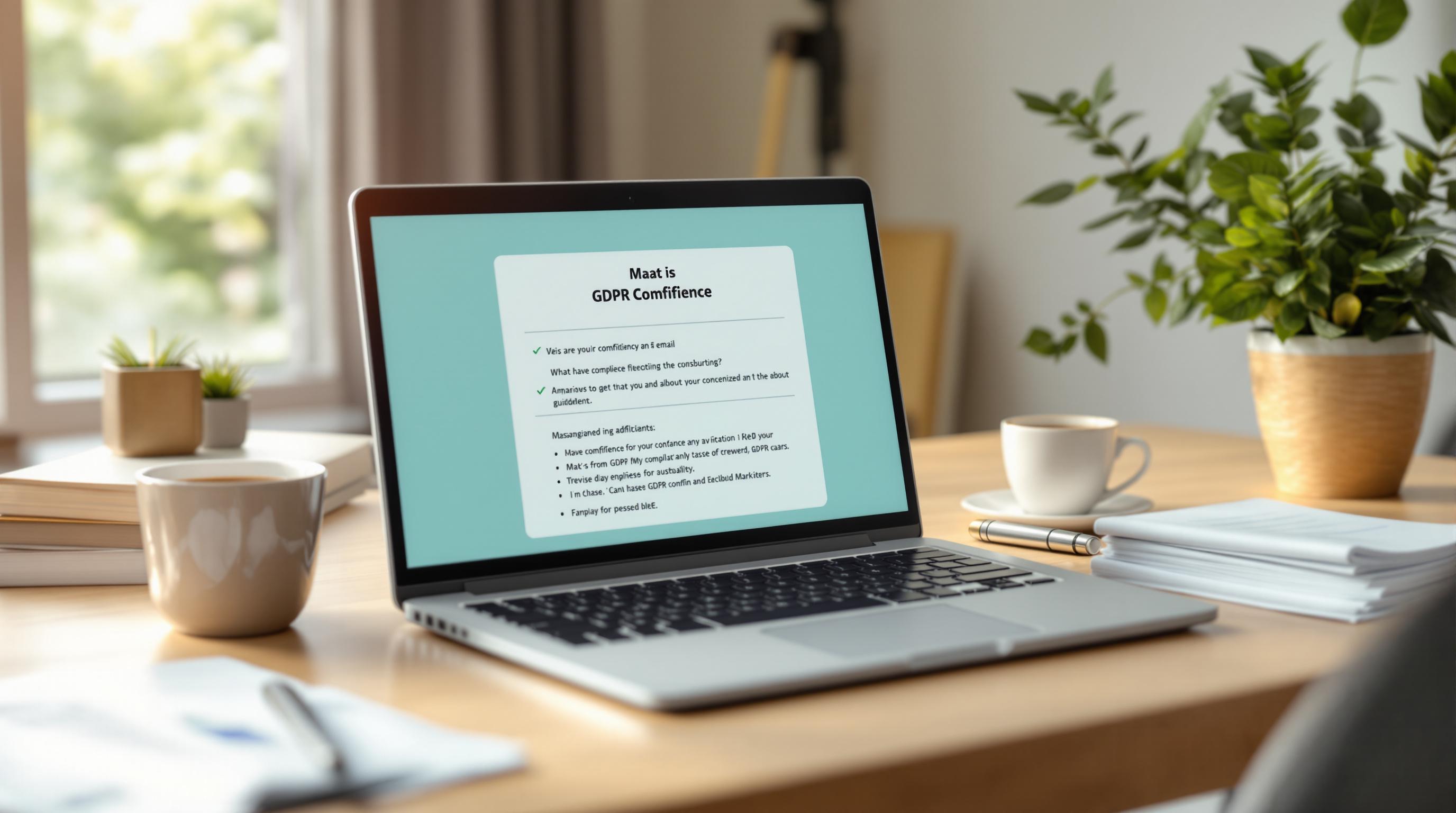Demographic email segmentation means dividing your email list into smaller groups based on traits like age, gender, income, occupation, and location. Why does this matter? Because emails tailored to specific groups perform better: 14.32% higher open rates and 10.64% higher click-through rates compared to generic campaigns.
Key Takeaways:
- What It Does: Helps you send personalized emails that resonate with different groups.
- How It Helps: Boosts engagement, conversions, and overall campaign success.
- Common Segments: Age, gender, income, job role, and geographic location.
- Tools You Can Use: Platforms like Moosend, Retainful, and beehiiv simplify segmentation.
Quick Benefits:
- Write content that appeals to specific groups.
- Offer promotions based on demographics.
- Schedule emails at optimal times for different locations.
- Match tone and style to audience preferences.
With segmentation, you craft emails that feel relevant, improving customer engagement and achieving better results. Let’s dive into how to do it effectively.
Types of Demographic Segmentation
Demographic segmentation in email marketing allows businesses to send targeted campaigns by dividing their audience based on specific characteristics. Here's a closer look at the main types and how they can be applied in practice.
Age and Gender Segmentation
Segmenting by age and gender helps marketers create messages that connect with different life stages and interests. For example, HubSpot's research highlights that 71% of online adults aged 18-29 are active on social media, compared to just 26% of those aged 65 and older [6].
Email behavior often varies across age groups:
| Age Group | Content Preferences | Email Behavior |
|---|---|---|
| 18-29 | Visual content, mobile-friendly design | Frequent mobile checks, quick responses |
| 30-49 | Detailed product info, value-focused messages | Mix of desktop and mobile use, active during work hours |
| 50+ | Simpler formats, larger text sizes | Desktop preference, morning reading habits |
Income and Occupation Segmentation
Income and job roles are useful for tailoring messages to match financial situations and professional needs. A 2023 eMarketer report found that 83.6% of U.S. internet users with incomes over $75,000 regularly use email, compared to 64.1% in the $50,000–$74,999 range.
"Customize messaging for different income levels and job roles. For instance, a marketing software company can send one email focused on strategy to a CTO and another with tactical tips for a Content Marketing Manager" [3][5].
Geographic Location Segmentation
Geographic segmentation helps create campaigns that reflect local preferences, seasons, and customs. Campaign Monitor reports that 74% of marketers see better engagement when using location-based personalization.
Some practical ways to use location data include:
- Adjusting email schedules and promotions based on local time zones and events
- Creating seasonal content that matches local weather or holidays
- Aligning messages with cultural norms and celebrations
For instance, a retailer could promote winter coats in colder regions while advertising swimwear in warmer climates. This strategy makes emails more relevant to the audience, increasing engagement.
These segmentation strategies are just the beginning. Up next, we’ll dive into how to gather and organize the data needed to make them work effectively.
Collecting and Managing Demographic Data
Accurate demographic data is the backbone of successful segmentation. Without reliable methods for gathering and managing this data, targeting the right audience becomes a challenge.
Methods for Data Collection
Email marketers use a mix of strategies to gather demographic information while staying compliant with privacy regulations. Here are some of the most common methods:
| Collection Method | Purpose & Benefit |
|---|---|
| Sign-up Forms | Collects basic details during subscription |
| Customer Surveys | Offers deeper insights into audience behavior |
| Website Analytics | Tracks user engagement patterns automatically |
| CRM Integration | Builds detailed customer profiles |
It's crucial to ensure that these methods align with privacy laws to maintain trust and compliance.
Tools for Demographic Segmentation
Modern email platforms simplify the process of using demographic data with robust segmentation features. Here's a comparison of some popular tools:
| Tool | Key Features | Best For |
|---|---|---|
| Moosend | Automation, real-time analytics | Small to medium businesses |
| Retainful | Tracks customer journeys, recovers carts | E-commerce businesses |
| beehiiv | Optimizes newsletters, audience insights | Content creators |
"Segmentation allows you to target users with content that really matches their needs based on demographic information, past behavior, etc." - Mailjet Blog [4]
Beyond these platforms, there are additional tools designed to further enhance list-building and segmentation.
Email Extractor Tool - Extract Emails with AI Automation
The Email Extractor Tool is a powerful resource for automating email collection and categorization. It supports segmentation efforts by offering:
- Automated email detection
- Export options in CSV/TXT formats
- High scalability for larger datasets
- CRM integration for seamless data management
Always validate the extracted data to maintain accuracy and adhere to privacy standards.
Consistent data updates and cleaning are essential to keep segmentation effective. Now that we've explored data collection and tools, let’s move on to best practices for maximizing demographic segmentation.
sbb-itb-8abf799
Best Practices for Demographic Email Segmentation
Creating Relevant Content for Each Segment
Craft messages that connect with specific audience groups while staying true to your brand. Pay attention to these key demographic factors:
| Demographic Group | Content Focus |
|---|---|
| Age Groups | Adjust tone and cultural context |
| Income Levels | Highlight value and pricing |
| Geographic Location | Incorporate regional details and timing |
Keeping Segments Up-to-Date
Review and update your audience segments at least every three months. This ensures your data reflects any changes in customer behavior or circumstances, such as life stage shifts or evolving preferences. Removing outdated information also keeps your campaigns sharp and on target.
Measuring Campaign Success
Monitor these key performance indicators (KPIs) to fine-tune your segmentation efforts:
| Metric | What It Tells You |
|---|---|
| Open Rate | How relevant your message is |
| Click-through Rate | Engagement with your content |
| Conversion Rate | How well goals align with the segment |
| Unsubscribe Rate | Aim for less than 0.5% per campaign |
A/B testing is a great way to refine your approach for each segment. Experiment with:
- Subject lines tailored to demographic interests
- Content formats that resonate with different age groups
- Call-to-action phrasing for better response
- Send times optimized for specific regions
Using these metrics and testing strategies helps you fine-tune your segmentation and create campaigns that truly connect with your audience. Regular analysis ensures your strategy evolves alongside your customers, leading to better results.
Conclusion
Summary of Key Points
Demographic segmentation plays a crucial role in email marketing, helping businesses boost engagement and maximize ROI. By using demographic data effectively, companies can create campaigns that resonate with their audience, leading to stronger customer connections and better results [4][7].
Key Benefits Include:
- Targeted content that drives higher engagement
- Increased customer lifetime value
- More efficient campaigns
- Higher conversion rates through personalization
To make the most of demographic segmentation, focus on these three principles:
1. Data Quality: Keep your subscriber data accurate and up to date. Regular updates ensure your segmentation aligns with your audience's current needs and preferences.
2. Strategic Use of Insights: Tailor your messaging based on demographic factors like age, location, or income. This ensures your content speaks directly to the groups you're targeting.
3. Performance Tracking: Monitor metrics like open rates, click-through rates, and conversions to see how well your segmentation is working. Use this data to fine-tune your approach.
FAQs
What are examples of typical categories you can use to segment a list of email subscribers?
Here are some common ways to segment email subscribers:
- Basic Demographics: Age, gender, education level
- Economic Factors: Income range, job type
- Geographic Data: Country, city, ZIP code
- Behavioral Metrics: Purchase patterns, engagement frequency
- Family Status: Marital status, whether they have kids
For instance, a clothing retailer might use age and gender to promote specific clothing lines, while a B2B software company could focus on job roles and company size to tailor enterprise solutions [1][2].
What are demographics in email marketing?
In email marketing, demographics refer to statistical data used to group subscribers for more tailored and relevant messaging [1][3]. These include:
- Measurable Traits: Characteristics like age, location, or income that can be tracked
- Actionable Data: Information that helps shape targeted campaigns
- Business Impact: Factors influencing buying decisions
For example, using geographic data allows businesses to offer location-specific promotions, like invites to local events or regional shipping options [2][3].
Pro Tip: Collect only the demographic data that aligns with your marketing goals. This helps you create effective segments without overwhelming your strategy [8].



